https://youtube.com/watch?v=4qrHLymXokM
They’re taking over everything.
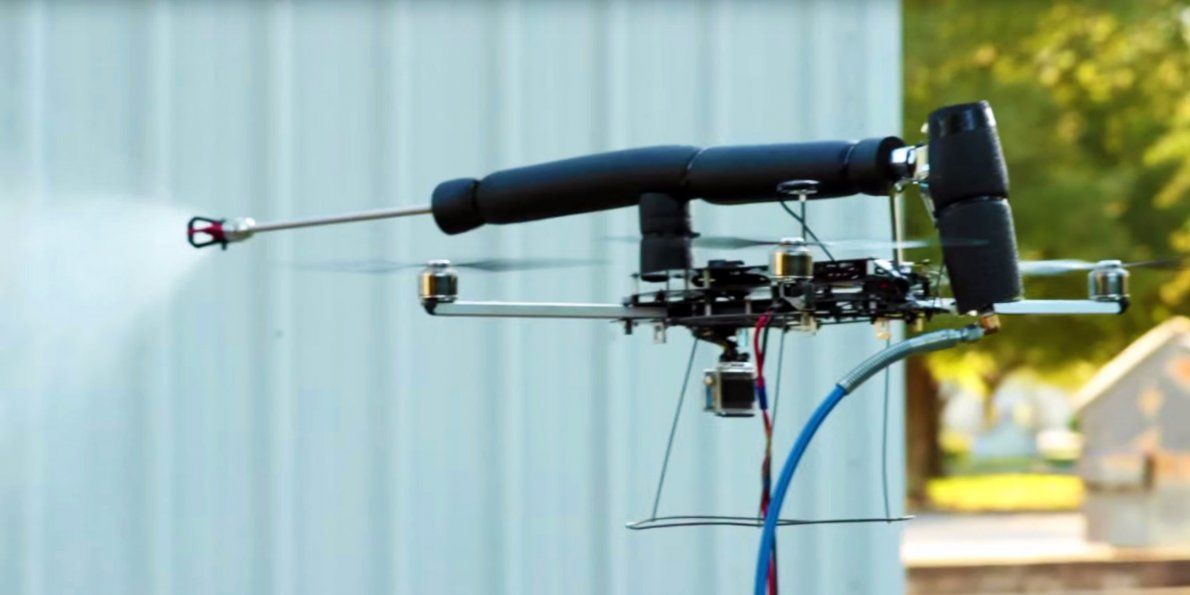
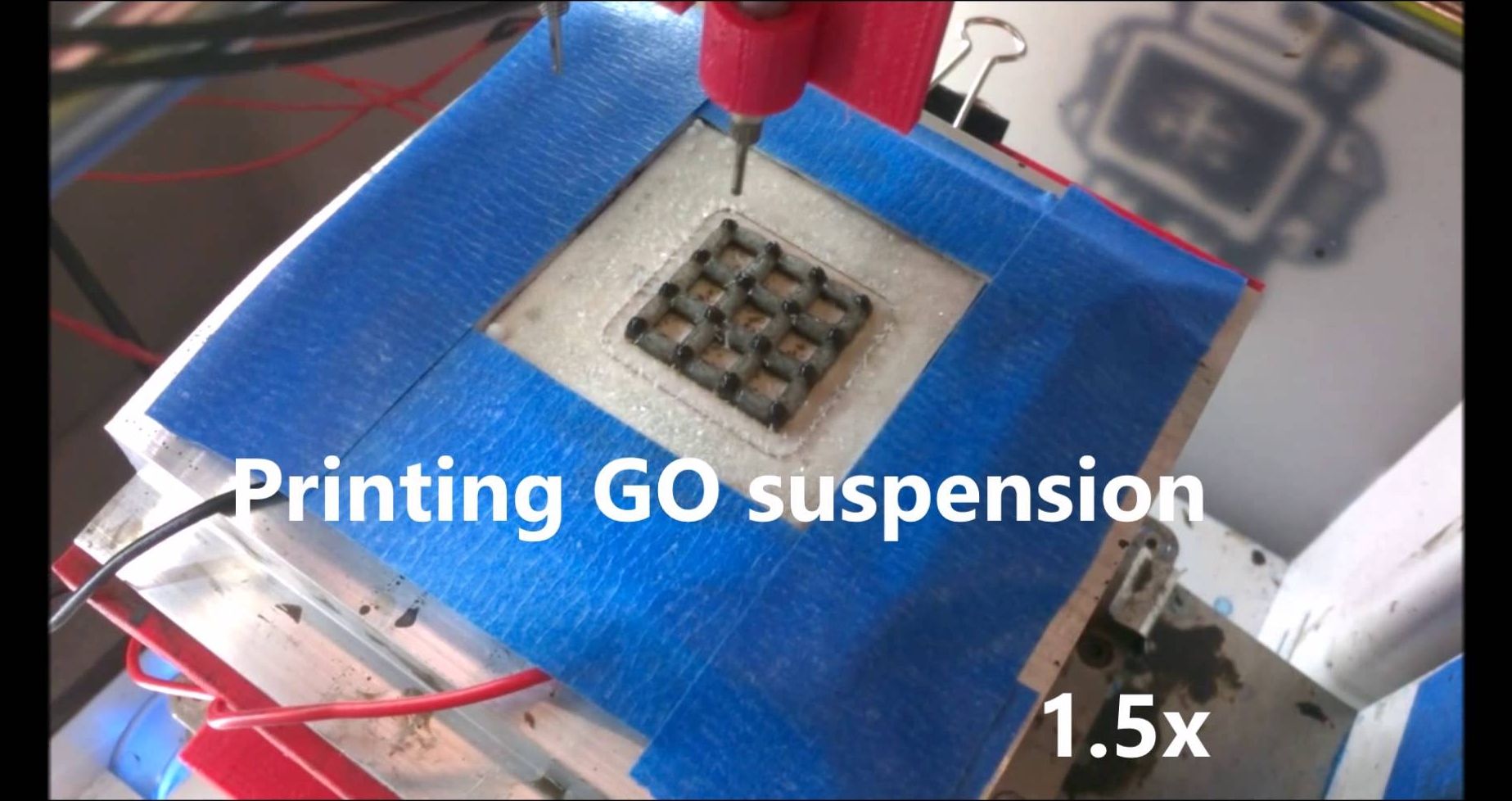
YES PLEASE.
It’s 7.5 times lighter than air, and a cubic metre of the stuff weighs just 160 grams. It’s 12 percent lighter than the second lightest material in the world – aerographite – and you can balance a few cubic centimetres of the stuff on a dandelion head. Water is about 1,000 times as dense.
Yep, graphene aerogel is about as cool as it gets. And while silica aerogel (pictured above) is the most commonly used and studied type of aerogel, as of 2013, graphene aerogel has held the record of being the lightest material on Earth. And producing it is about to get a whole lot easier because scientists have just figured out how to 3D print it.
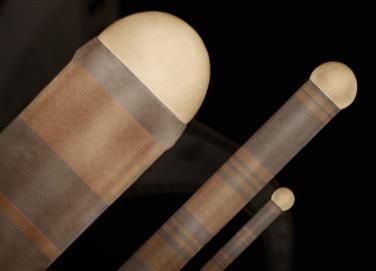
Now, we’re hitting Terminator mode with this.
If you’re worried that artificial intelligence will take over the world now that computers are powerful enough to outsmart humans at incredibly complex games, then you’re not going to like the idea that someday computers will be able to simply build their own chips without any help from humans. That’s not the case just yet, but researchers did come up with a way to grow metal wires at a molecular level.
At the same time, this is a remarkable innovation that paves the way for a future where computers are able to create high-end chip solutions just as a plant would grow leaves, rather than having humans develop computer chips using complicated nanoengineering techniques.
DON’T MISS: iPhone 7: Everything we know so far
Researchers from IBM’s T.J. Watson Researcher Center are working to create wires that would simply assemble themselves in chips. The scientists use a flat substrate loaded with particles that encourage growth, and then add the materials they wish to grow the wire from.

“With the operational function that we have proposed in these memory cells, there will be no need for time-consuming magnetization and demagnetization processes. This means that read and write operations will take only a few hundred picoseconds, depending on the materials and the geometry of the particular system, while conventional methods take hundreds or thousands of times longer than this,” said the study author Alexander Golubov, the head of Moscow Institute of Physics and Technology (MIPT)’s Laboratory of Quantum Topological Phenomena in Superconducting Systems.
Golubov and colleagues at Moscow State University have proposed creating basic memory cells based on quantum effects in superconductor “sandwiches.” Superconductors were predicted in the 1960s by the British physicist Brian Josephson. The electrons in these “sandwiches,” called “Josephson junctions,” are able to tunnel from one layer of a superconductor to another, passing through the dielectric like balls passing through a perforated wall.
Today, Josephson junctions are used both in quantum devices and conventional devices. For example, superconducting qubits are used to build the D-wave quantum system, which is capable of finding the minima of complex functions using the quantum annealing algorithm. There are also ultra-fast analogue-to-digital converters, devices to detect consecutive events, and other systems that do not require fast access to large amounts of memory. There have also been attempts to use the Josephson Effect to create ordinary processors. An experimental processor of this type was created in Japan in the late 1980s. In 2014, the research agency IAPRA resumed its attempts to create a prototype of a superconducting computer.
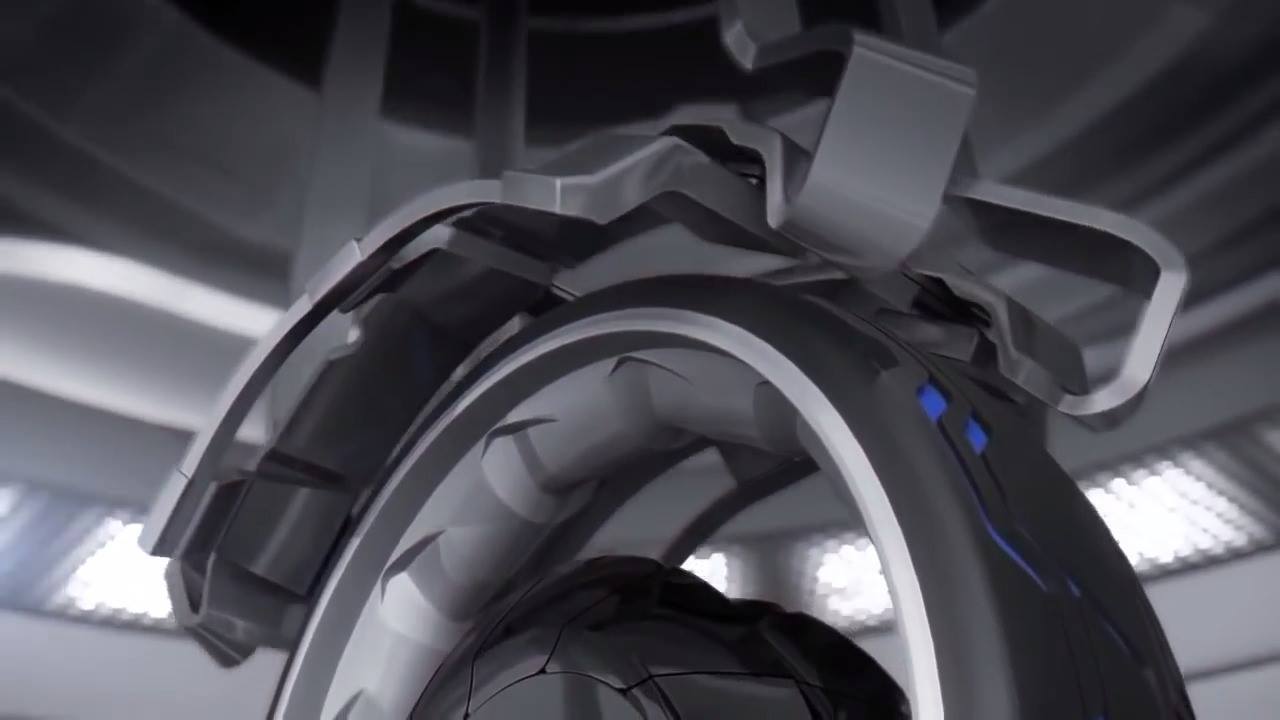
Airless tires.
#Airless_tires are the next generation of tires waiting to take over the world. Recently, #Hankook_iFlex_tire underwent a series of high speed tests and that has helped us take a step closer to a future where tires without air would become a reality. It was company’s fifth attempt at launching #airless_tires into the market. Why is the company trying to do so and that too this religiously? Because of the multiple benefits that this gadget brings in comparison to the traditional tires.
#Hankook’s tire is far more energy efficient and can be recycled as well. The material that has been used by Hankook allows the company to reduce the production steps into half as compared to a conventional tire.
The #iFlex went through tests in five different categories; slalom, stability, hardness, durability and speed. An electric car was used for the tests and the team was able to get 130km/h from it without causing any damage to the tires. The iFlex was also able to match performance of any conventional tire during all these tests. The company has, so far, not released any more details of the tests though.
The #airless_tire is still in testing phase, however, one can’t deny that these tires offer a much better future. These tires do not pick up punctures and are also able to cut down on emissions during production and subsequent recycling.
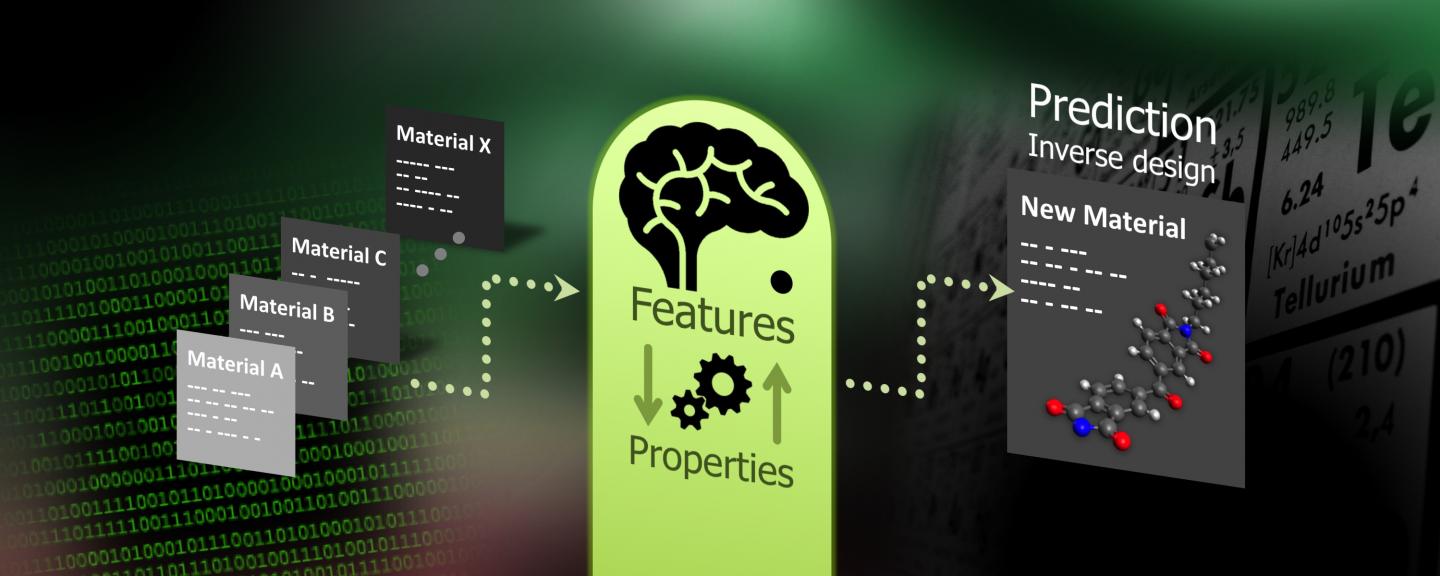
Even if we don’t create a true AI for a thousand years, these algorithms, pared with our exponentially increasing computing power, could have much of the same effect on our civilization as the more traditional, AI-centric type Singularity. Very, very soon.
Replacing inefficient experimentation, UConn researchers have used machine learning to systematically scan millions of theoretical compounds for qualities that would make better materials for solar cells, fibers, and computer chips.
Led by UConn materials scientist Ramamurthy ‘Rampi’ Ramprasad, the researchers set out to determine which polymer atomic configurations make a given polymer a good electrical conductor or insulator, for example.
A polymer is a large molecule made of many repeating building blocks. The most familiar example is plastics. What controls a polymer’s properties is mainly how the atoms in the polymer connect to each other. Polymers can also have diverse electronic properties. For example, they can be very good insulators or good conductors. And what controls all these properties is mainly how the atoms in the polymer connect to each other.

Chinese scientists have developed a nano-sized electric generator that can disappear without a trace inside the human body over time, a breakthrough they claim will bring biodegradable implants on microchips closer to reality.
The technology, reported on the latest issue of Science Advances journal, will have a wide range of applications as it can generate electric pulses to repair damaged neurons and power “brain chip” implants for soldiers in the future, pundits said.
At present, most implants must be surgically removed at the end of their lifespan. To address this issue, a number of small electric devices made from biodegradable materials that can absorbed by the human body after use have been developed around the world.
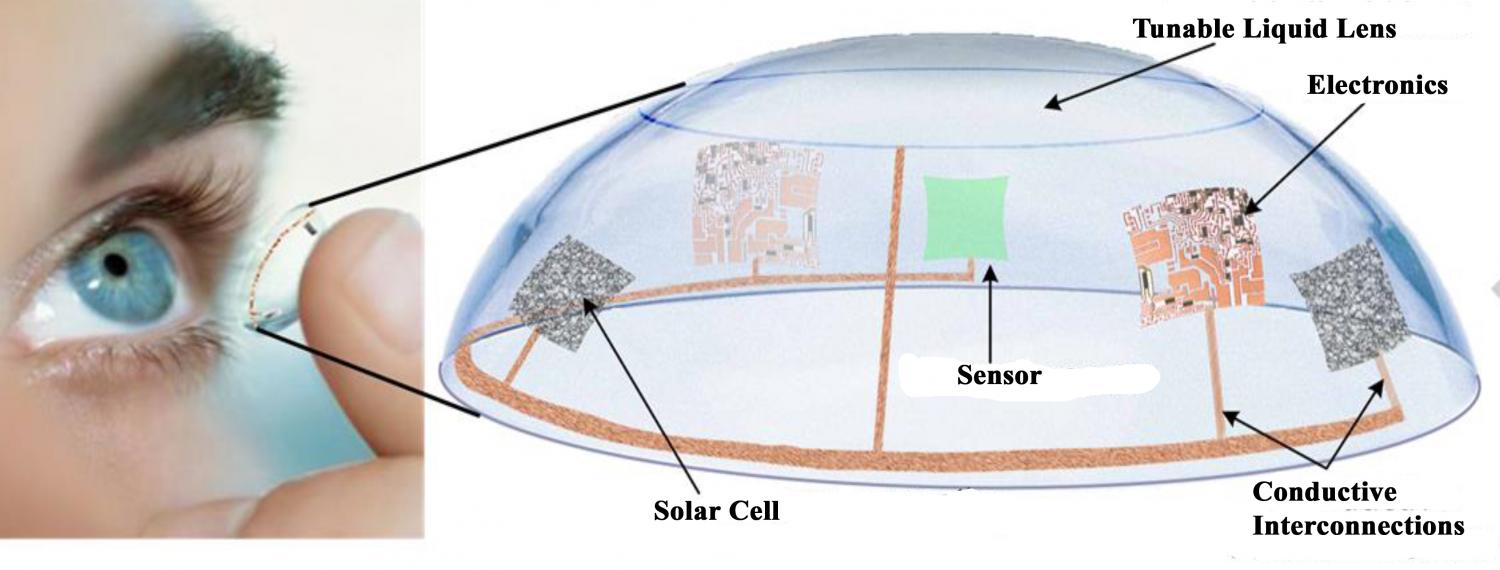
Making the most of the low light in the muddy rivers where it swims, the elephant nose fish survives by being able to spot predators amongst the muck with a uniquely shaped retina, the part of the eye that captures light. In a new study, researchers looked to the fish’s retinal structure to inform the design of a contact lens that can adjust its focus.
Imagine a contact lens that autofocuses within milliseconds. That could be life-changing for people with presbyopia, a stiffening of the eye’s lens that makes it difficult to focus on close objects. Presbyopia affects more than 1 billion people worldwide, half of whom do not have adequate correction, said the project’s leader, Hongrui Jiang, Ph.D., of the University of Wisconsin, Madison. And while glasses, conventional contact lenses and surgery provide some improvement, these options all involve the loss of contrast and sensitivity, as well as difficulty with night vision. Jiang’s idea is to design contacts that continuously adjust in concert with one’s own cornea and lens to recapture a person’s youthful vision.
The project, for which Jiang received a 2011 NIH Director’s New Innovator Award (an initiative of the NIH Common Fund) funded by the National Eye Institute, requires overcoming several engineering challenges. They include designing the lens, algorithm-driven sensors, and miniature electronic circuits that adjust the shape of the lens, plus creating a power source — all embedded within a soft, flexible material that fits over the eye.
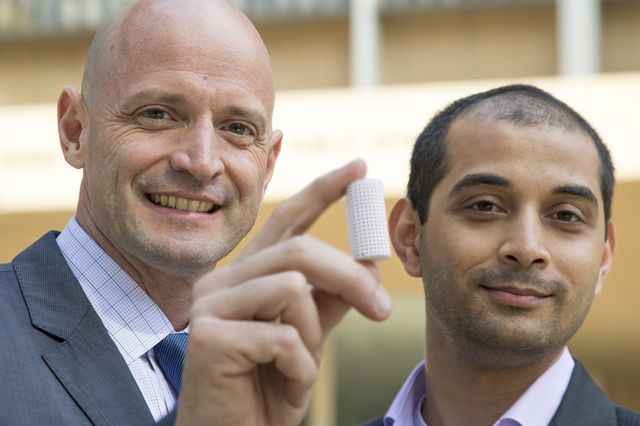
Imagine a world with little or no concrete. Would that even be possible? After all, concrete is everywhere—on our roads, our driveways, in our homes, bridges and buildings. For the past 200 years, it’s been the very foundation of much of our planet.
But the production of cement, which when mixed with water forms the binding agent in concrete, is also one of the biggest contributors to greenhouse gas emissions. In fact, about 5 percent of the planet’s greenhouse gas emissions comes from concrete.
An even larger source of carbon dioxide emissions is flue gas emitted from smokestacks at power plants around the world. Carbon emissions from those plants are the largest source of harmful global greenhouse gas in the world.
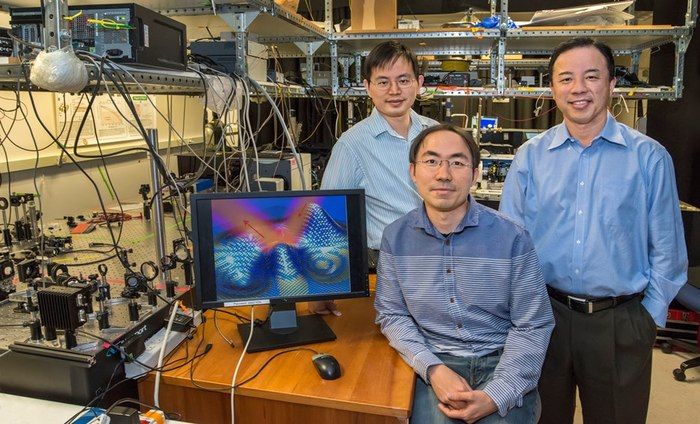
Next to Quantum and Biocomputing, this is one of my favorites. Cloak material to avoid radar. Unfortunatley, we cannot have access to the material for our autos; but it would be nice to have on my car sometimes when I am running late and having to drive quickly somewhere.
Two separate teams of engineers, both conducting research into meta-materials (composites not found in nature) with the intent of developing a flexible, stretchable and tunable meta-skin, are sharing their discoveries with the world. Although the two developments revolve around the same premise—manipulating electromagnetic waves so that the surface that banquets an object becomes invisible—a few exciting differences between the teams’ approaches sets their research apart.
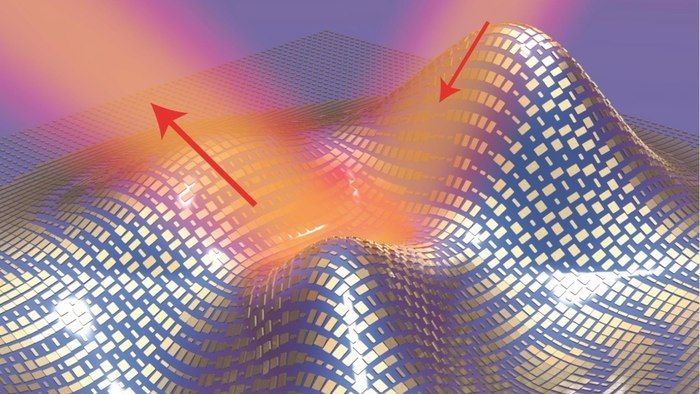
Engineers at Iowa State University are developing meta-skins which suppresses radar detection, meaning that this version can be seen by the naked eye, but not by cameras. The implications of such a device are many, particularly for covert operations and security, hiding sensitive layouts of electronic components and advancing the development of optical computers.